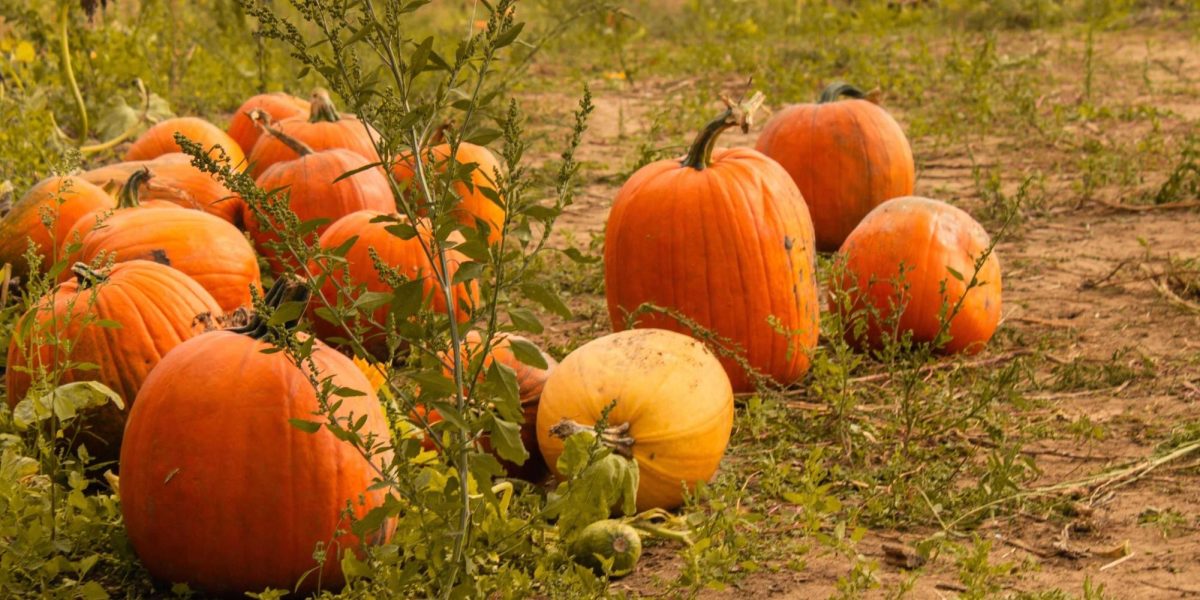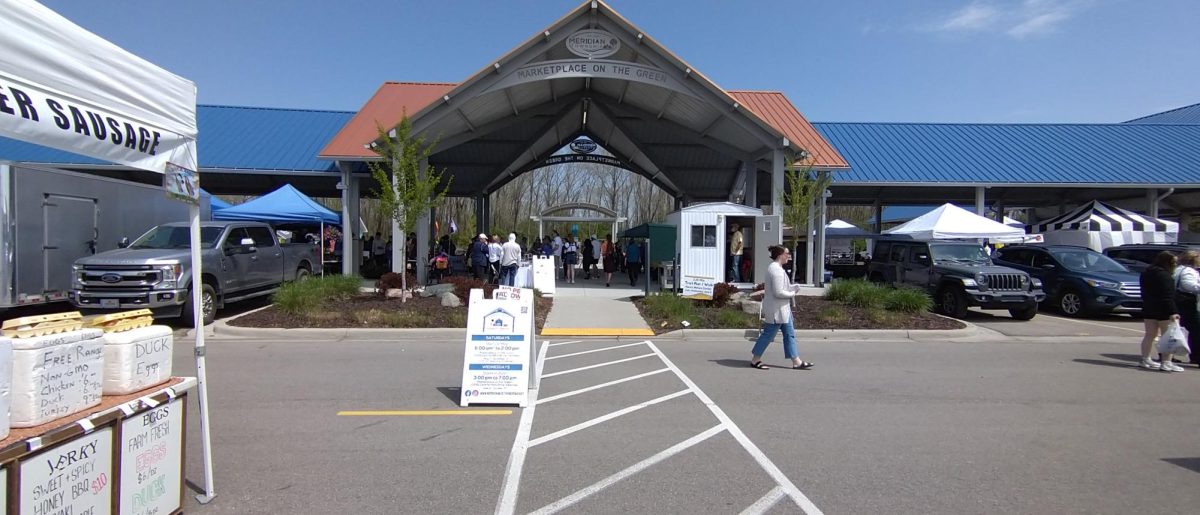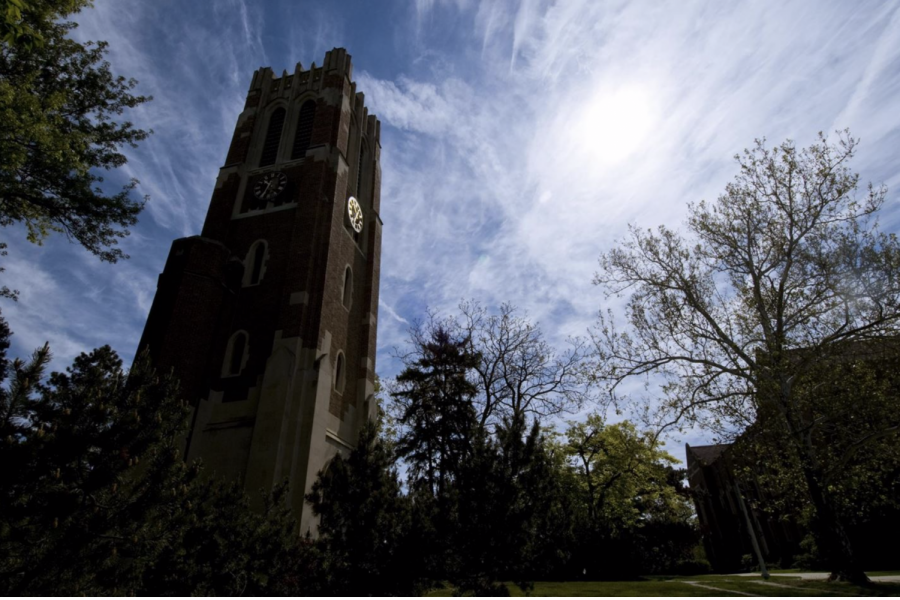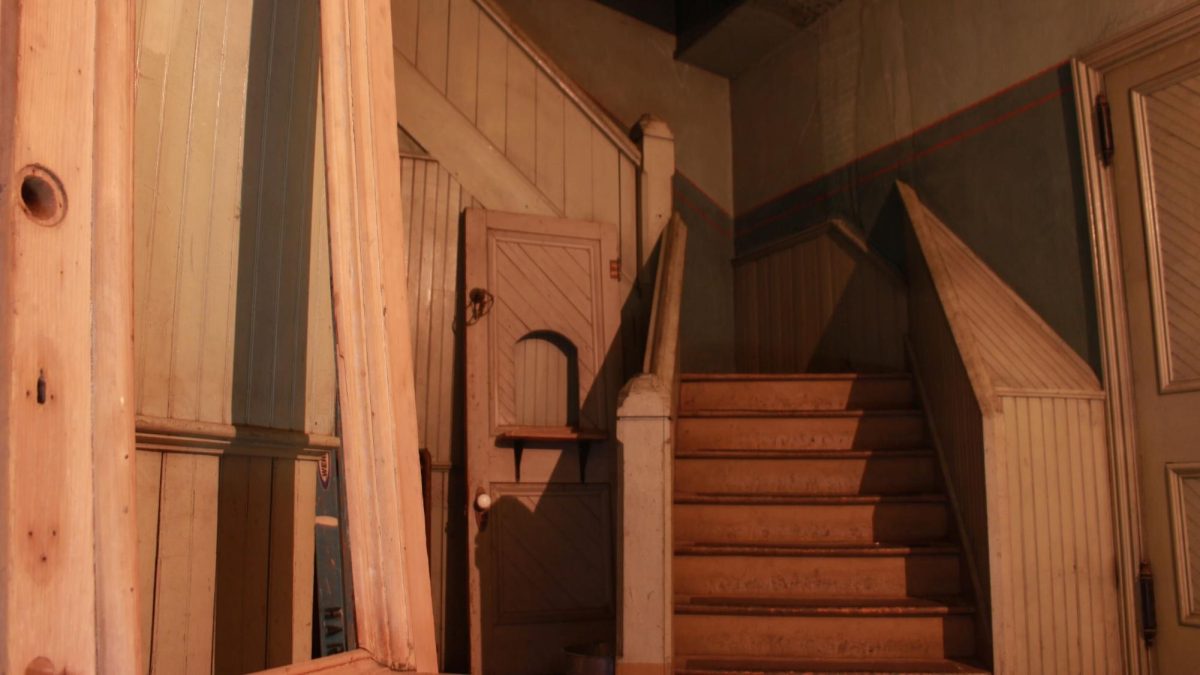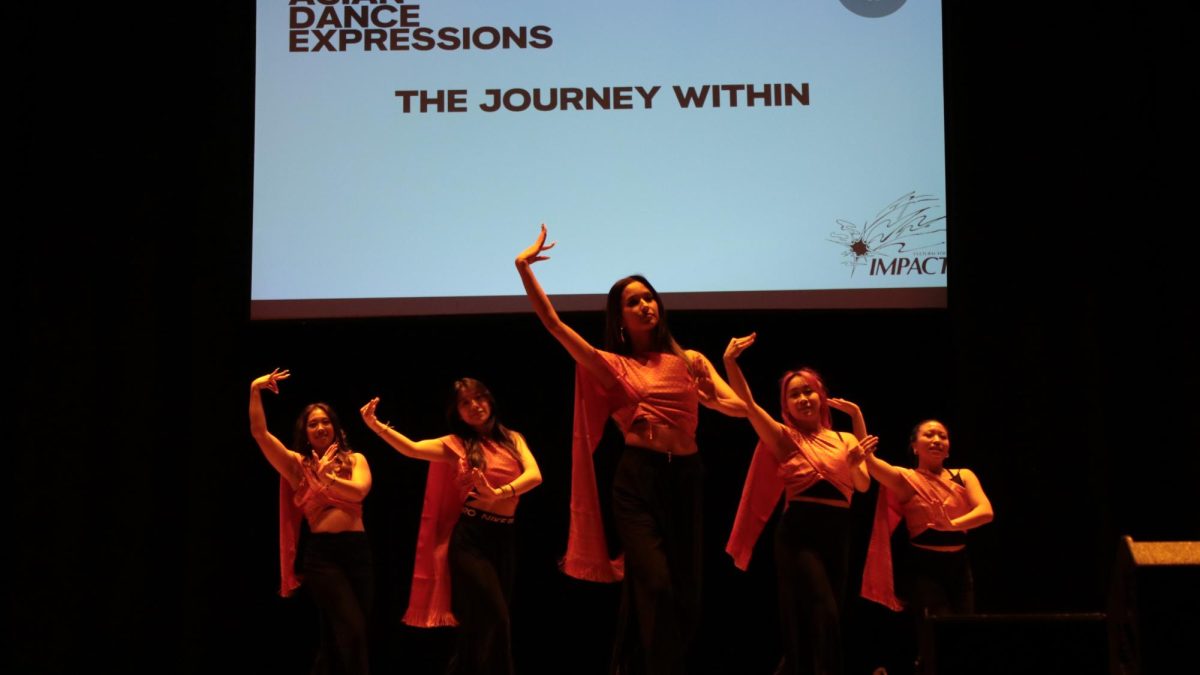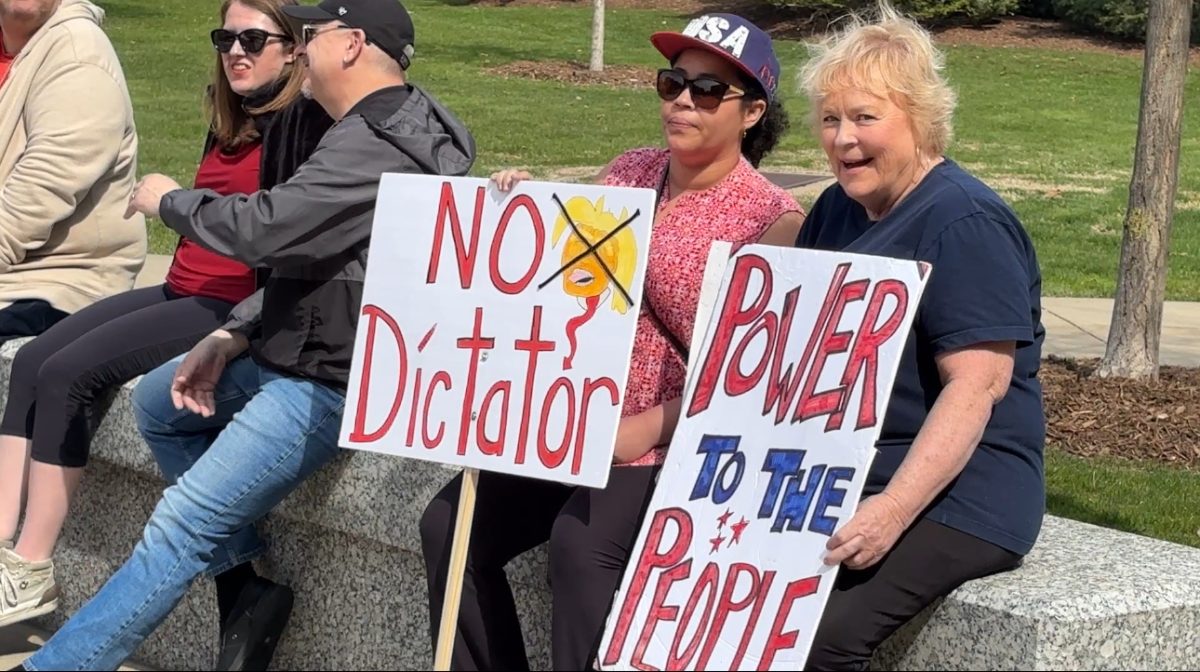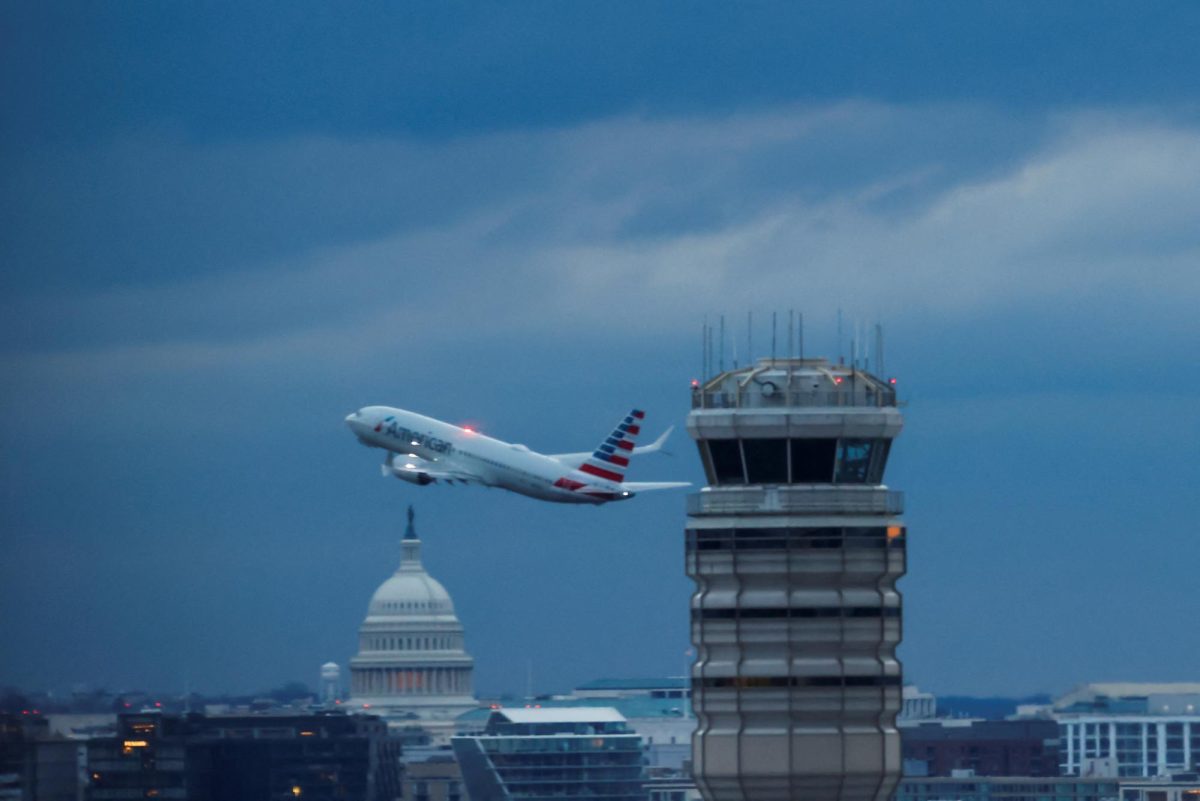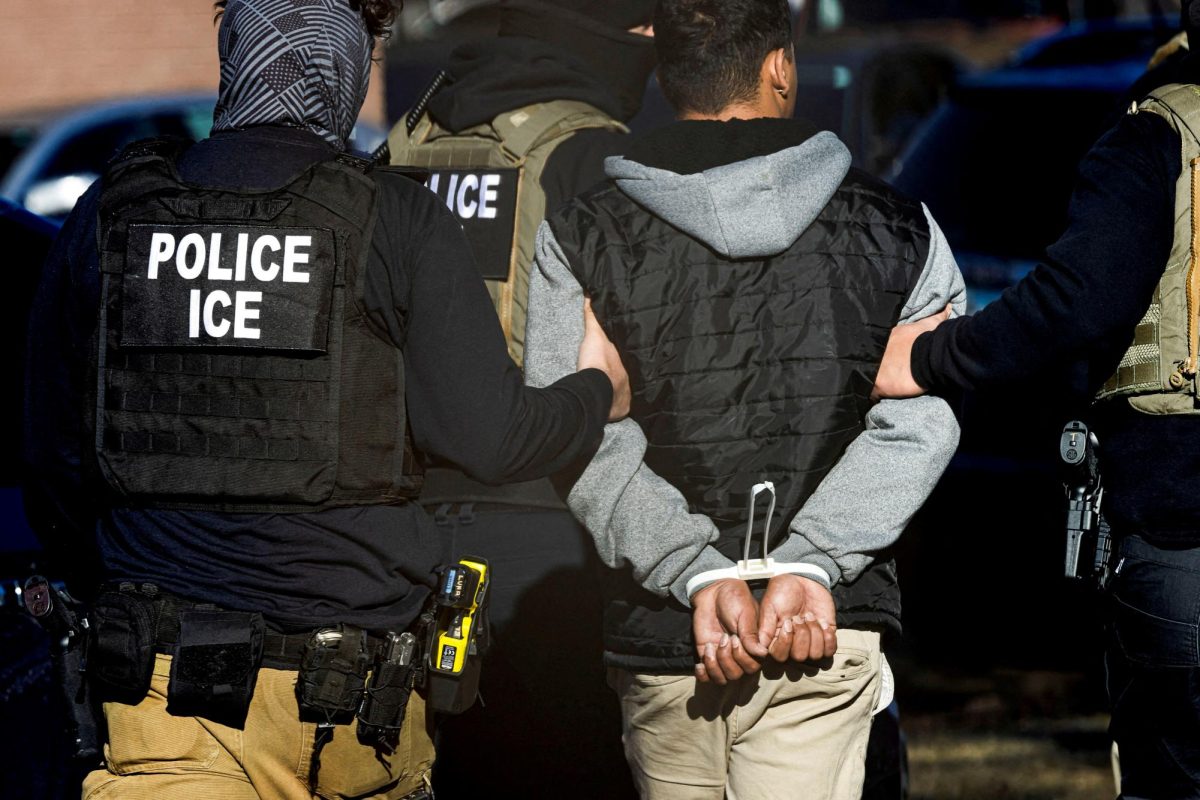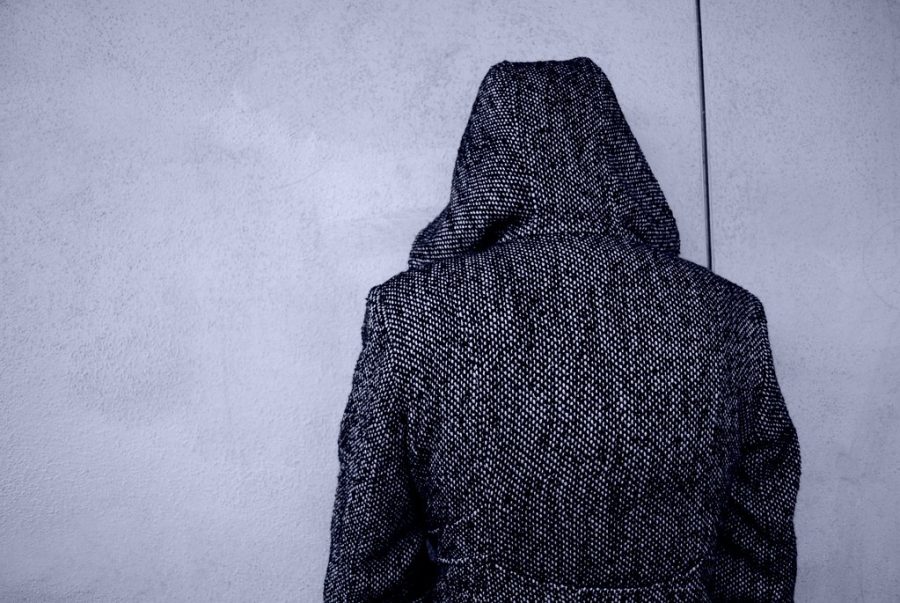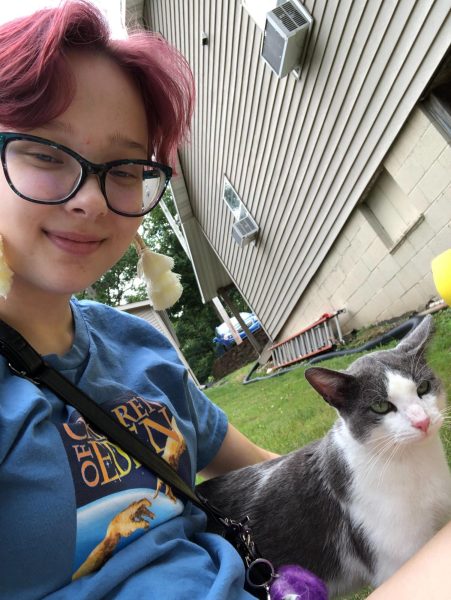As the leaves turn brown, and the sky grows gray, there’s a common consensus on Michigan State’s campus: Fall is here. And of course, with fall comes Halloween, one of the most popular holidays in the nation. Seventy-six percent of adults in the United States celebrate Halloween in some capacity—and it’s no surprise that college students are growing excited to do the same.
This will be my first Halloween in college because I’m a freshman. It will also be my first Halloween in Michigan as a Chicago native, so I’ve already observed quite a few differences.
This season can prove to be isolating when you are unaware of regional traditions. I’ve known Halloween to be a day when children dress up, knock on neighbors’ doors and collect candy. Now, peers ranging from freshmen to professors are having conversations about celebrating four days early.
I already thought that leaving my home and living hundreds of miles away from my family was going to be isolating, but I’m even having trouble connecting with people over my favorite holiday.
So, I’ve crafted a college Halloween guide for students confused about the season. Here’s what I’ve learned so far.
Halloween is observed a bit differently on a college campus in comparison to your hometown. For example, it isn’t just one night.
A college tradition is to prepare a costume for not only Halloween night, but for the entire weekend. Students will alternate each day, representing different characters at whichever parties they attend.
Per tradition, most take it easy on Sunday, but also plan their most complex costumes for the final day of Halloween.
The “Halloweekend,” also makes MSU a hotbed for unique parties hosted by fraternities—but it’s not just parties. Organizations across campus also hold spooky events ranging from pumpkin carving to horror movie marathons.
Halloween partying has been a historically important facet of MSU culture. The tradition is actually over 120 years old. In 1904, Jonathan Snyder, president of MSU (known as Michigan Agricultural College at the time) invited the senior graduating class to a Halloween party on October 28th. Students reportedly decorated the Snyders’ home with Jack-o-Lanterns, dressed up as ghosts and participated in a dance.
Snyder’s weekend proved to be even more eventful, seeing that he had to deal with pranksters as well. President Snyder’s son, LeMoyne Snyder, recounted that a cow was led into the Old Horticulture Building, formerly known as Morrill Hall, and made a mess of the parlor.
One can only hope that this year’s senior class doesn’t have any similar ideas.
In Illinois, I would often celebrate Halloween by going to haunted houses. Typically, this would mean visiting Brookfield Zoo or somewhere local—but Michigan is seemingly known for its spooks and scares.
In 2010, Erebus Haunted House in Pontiac, MI was voted the best haunted house in the U.S. Further, Eloise Asylum in Westland, MI is ranked the fifth scariest attraction as of 2022.
However, Hellsgate in Lockport, IL ranks 3rd. I’ll support this ranking with my personal opinion: at Hellsgate, the sheer dedication of all of the scare actors creates a frighteningly interactive experience. While the experience didn’t creep under my skin and stick with me psychologically, the production quality is very impressive.
Judging from current rankings, I’d recommend sticking to family friendly Halloween traditions in Michigan if you come from Illinois to avoid disappointment. To Michigan adrenaline junkies: come visit Chicago this season.
Or, if you are looking for something local, the MSU campus is rumored to have several haunted locations.
Of course, a campus as old as ours is bound to have generated some ghost stories; but the story that I’m told the most as a student living in the west circle is the haunting of Mayo Hall.
Mayo Hall, named after a member of the Michigan Agricultural College Committee, Mary Anne Mayo, is said to be the most haunted location on campus. Though it may be rumored that Mary Mayo and the shifty eyes of her portrait watch over residents, she never actually stepped foot in the hall. Mayo died in April 1903, whereas the building with her namesake wasn’t constructed until 1931.
Students have claimed to hear a piano playing itself in the west lounge, as well as the figure of a woman roaming late at night.
I don’t live in Mayo Hall—but most of my friends do. I don’t quite understand their apprehension to the piano, or going to the bathroom past 10:00, but I’m willing to give them the benefit of the doubt. In fact, I’ve been invited to explore the upper floors of Mayo Hall on Halloween night.
I think the scariest thing I’ll encounter might be a bat.
If parties, haunted houses, or even trick-or-treating isn’t your thing, that’s not a problem at MSU. Many students use the holiday weekend as an opportunity to get cozy in their dorm, binge movies and eat candy.
The bottom line is that there are hundreds of different ways to participate in the spooky season on campus. Regardless of which way you choose, stay safe this Halloween Spartans!



